When it comes to adding color and charm to gardens, patios, and containers, pansies (Viola × wittrockiana) are among the most beloved flowering plants. These cheerful blooms are known for their bright, velvety petals and ability to thrive in cooler temperatures. However, one of the most crucial aspects of successfully growing pansies is knowing how often to water them.
Watering is more than just a basic care requirement — it directly affects the health, blooming capacity, and lifespan of your pansies. In this comprehensive article, we’ll explore how often you should water pansies, the factors that influence their watering needs, signs of overwatering and underwatering, and practical tips to keep your pansies thriving.
Understanding Pansies and Their Water Needs
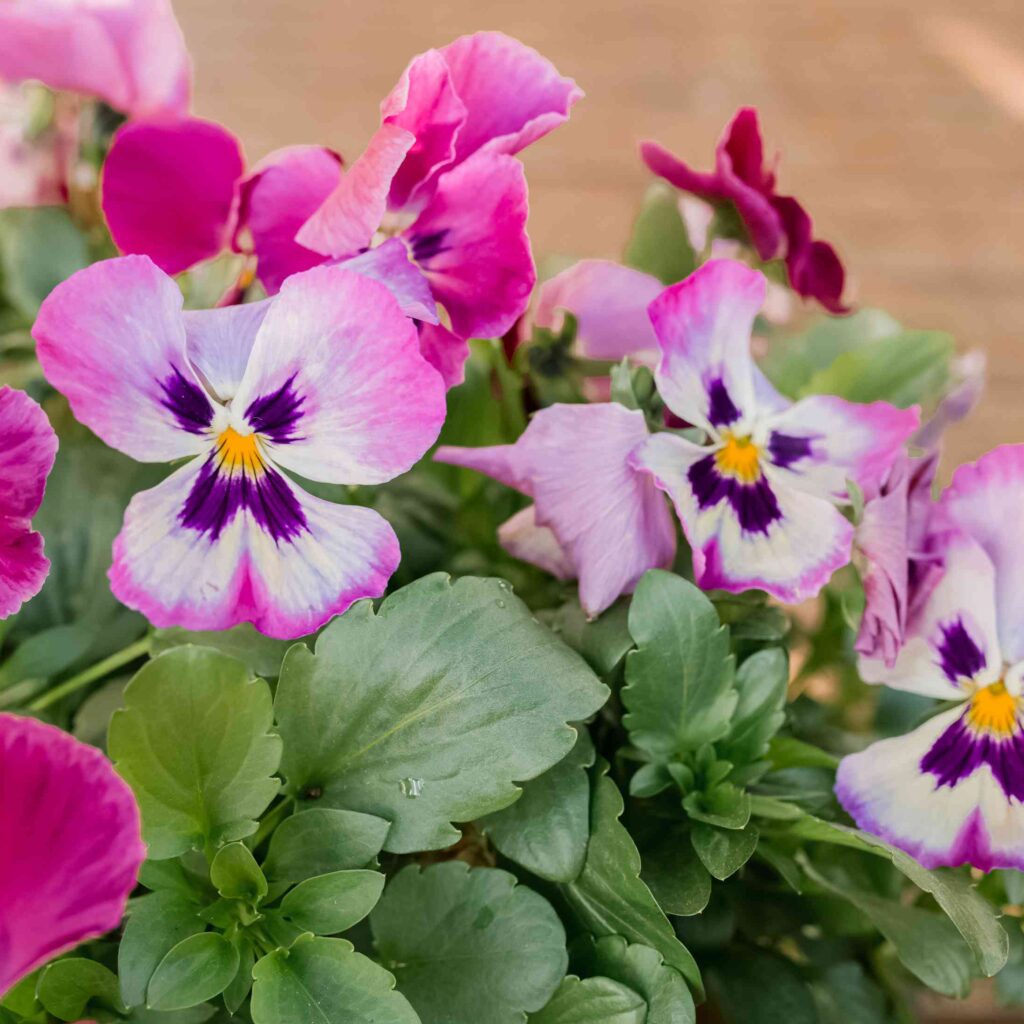
Before diving into the watering schedule, it’s essential to understand a little about pansies:
- Pansies are cool-season annuals or short-lived perennials in some climates.
- They prefer moist but well-drained soil with a slightly acidic to neutral pH (6.0–7.0).
- Pansies have shallow root systems, making them particularly sensitive to both drought and waterlogging.
This sensitivity means that striking a balance in watering is key to healthy, vibrant pansy blooms.
How Often Should You Water Pansies?
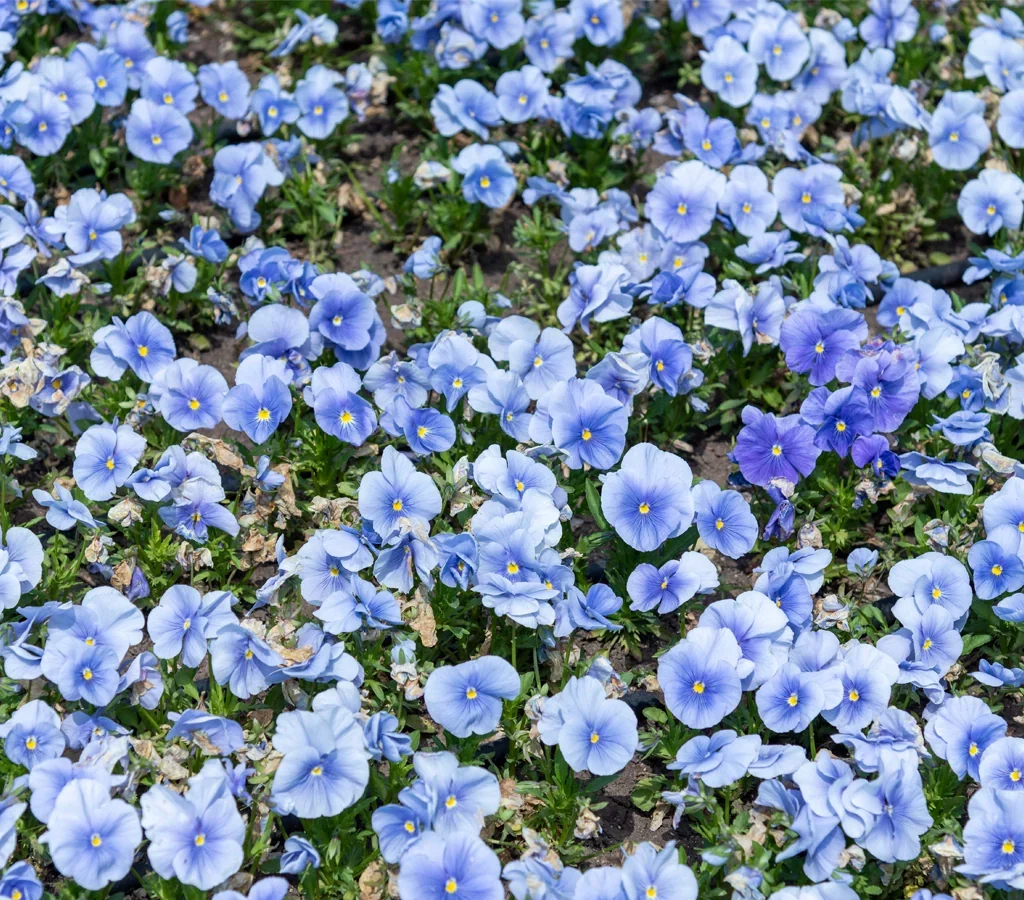
The frequency of watering pansies depends on several factors, including the climate, soil type, container size, and plant maturity. However, here’s a general guideline you can follow:
In Cool, Mild Weather:
- Water every 2–3 days.
- Ensure the soil remains consistently moist but not soggy.
In Warm or Hot Weather:
- Water daily or every other day.
- Check soil moisture regularly, especially during heatwaves.
For Indoor or Potted Pansies:
- Check soil moisture daily.
- Water when the top 1 inch of soil feels dry to the touch.
During Rainy Periods:
- Reduce watering frequency to avoid overwatering.
- Only water if the soil feels dry about an inch below the surface.
Seasonal Watering Guide
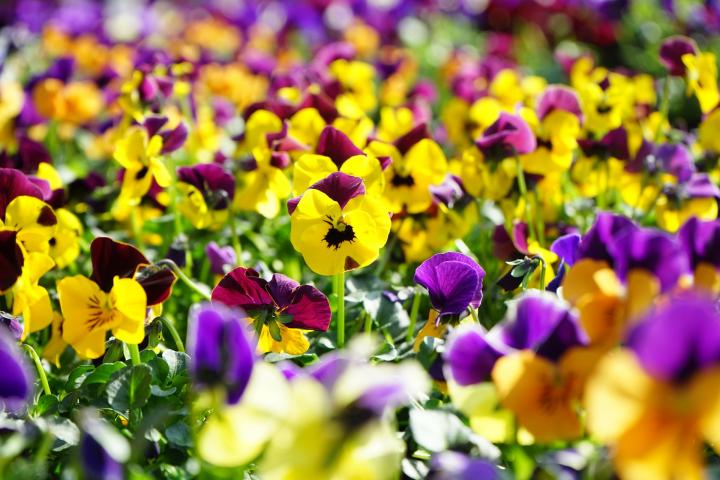
Since pansies perform best in spring and fall and can tolerate light frost, their watering needs change with the seasons.
| Season | Watering Frequency | Notes |
|---|---|---|
| Spring (Mild) | Every 2–3 days | Monitor soil; increase if warm days occur. |
| Summer (Hot) | Daily or every other day | Provide shade during peak afternoon heat. |
| Fall (Cool) | Every 2–3 days | Maintain moisture consistency. |
| Winter (Mild) | Once a week (if needed) | Avoid watering if soil remains wet due to rainfall. |
Factors Affecting Pansy Watering Needs
Soil Type
- Sandy soil drains quickly, requiring more frequent watering.
- Clay soil retains moisture longer but risks waterlogging.
- Loamy soil (ideal for pansies) balances moisture retention and drainage.
Weather Conditions
- Higher temperatures and wind cause soil to dry faster.
- Cloudy, cool, or rainy days reduce the need for watering.
Container vs. Garden Beds
- Container pansies dry out faster due to limited soil volume.
- Garden pansies benefit from deeper soil moisture reserves.
Plant Maturity
- Young, newly planted pansies need more frequent, gentle watering.
- Established pansies can tolerate slightly drier intervals but still prefer consistent moisture.
How to Check If Your Pansies Need Water
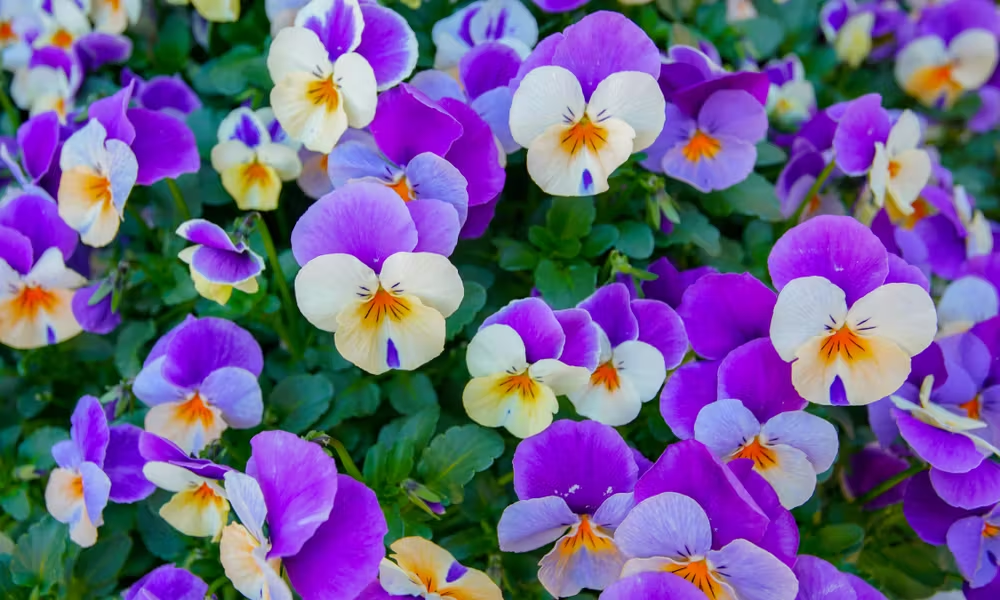
A simple and reliable method is the finger test:
- Insert your finger about 1 inch into the soil.
- If it feels dry, it’s time to water.
- If it feels moist, wait another day.
For containers, lift the pot slightly — if it feels light, the soil may be dry and require watering.
How to Water Pansies Properly
Watering technique matters just as much as frequency. Here’s how to do it right:
Water at the Base
Always water at the base of the plant to avoid wetting the foliage, which can lead to fungal diseases like powdery mildew.
Water Early in the Day
Morning watering allows leaves to dry out during the day, reducing the risk of disease.
Use Room-Temperature Water
Avoid using icy cold water on pansies, as it can shock their roots.
Deep, Gentle Watering
Water slowly to allow moisture to penetrate the soil deeply without causing runoff.
Signs of Overwatering and Underwatering
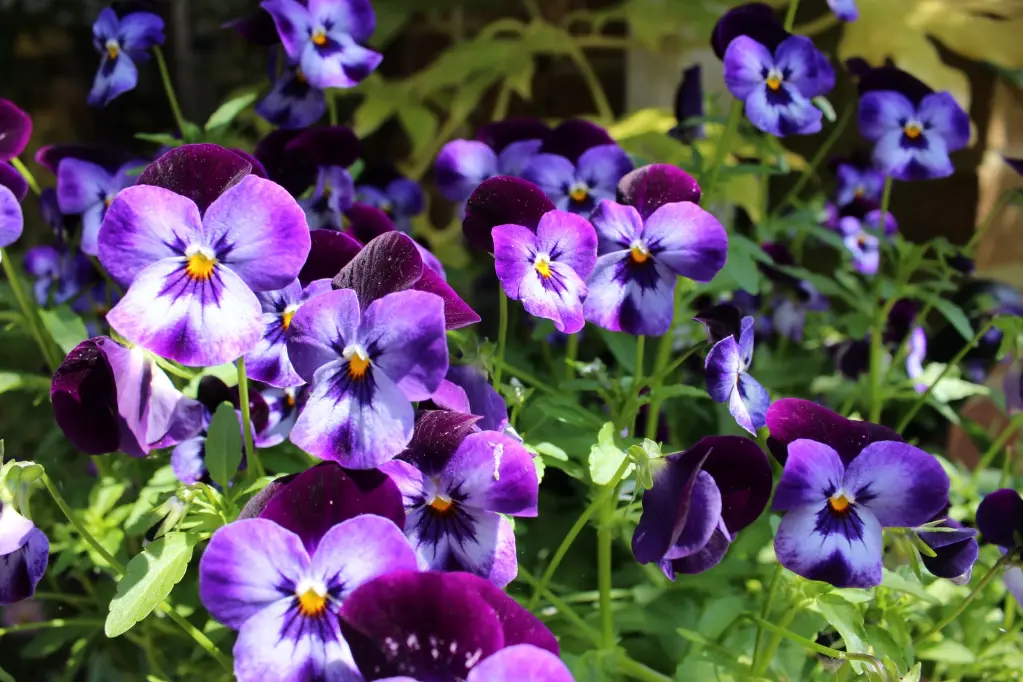
Overwatering Symptoms:
- Yellowing leaves
- Wilting despite wet soil
- Root rot (soft, dark roots)
- Fungal diseases on leaves and soil surface
Solution:
Reduce watering frequency, improve soil drainage, and remove affected leaves.
Underwatering Symptoms:
- Drooping, wilting leaves
- Dry, crumbly soil
- Stunted growth
- Fewer or smaller blooms
Solution:
Water immediately and adjust your watering schedule to maintain consistent moisture.
Tips for Healthy, Blooming Pansies
- Mulch around pansies with organic material like straw or shredded bark to retain soil moisture.
- Use well-drained, nutrient-rich soil with added compost.
- Fertilize every 2–4 weeks with a balanced, water-soluble fertilizer.
- Remove spent flowers (deadheading) to encourage continuous blooming.
- Provide partial shade in hot weather to extend their blooming period.
Regional Considerations
Depending on where you live, pansy watering needs will differ:
- Tropical climates: Water daily during hot, dry spells.
- Temperate zones: Follow the 2–3 day guideline, adjusting for heat waves.
- Arid regions: Use drip irrigation or soaker hoses to maintain consistent soil moisture.
- Humid areas: Focus on drainage and avoid watering during wet periods.
Conclusion: Water Wisely for Vibrant Pansies
Pansies may be resilient, cold-loving plants, but their shallow roots make them sensitive to inconsistent watering. Understanding how often to water pansies is the cornerstone of keeping them healthy, colorful, and thriving in your garden or containers.
To recap:
- Water every 2–3 days in cool conditions.
- Increase to daily watering during hot weather.
- Always check soil moisture before watering.
- Avoid both waterlogging and drought stress.
By tailoring your watering habits to the climate, soil, and growing environment, you’ll enjoy lush, cheerful pansies that brighten your outdoor spaces for months.

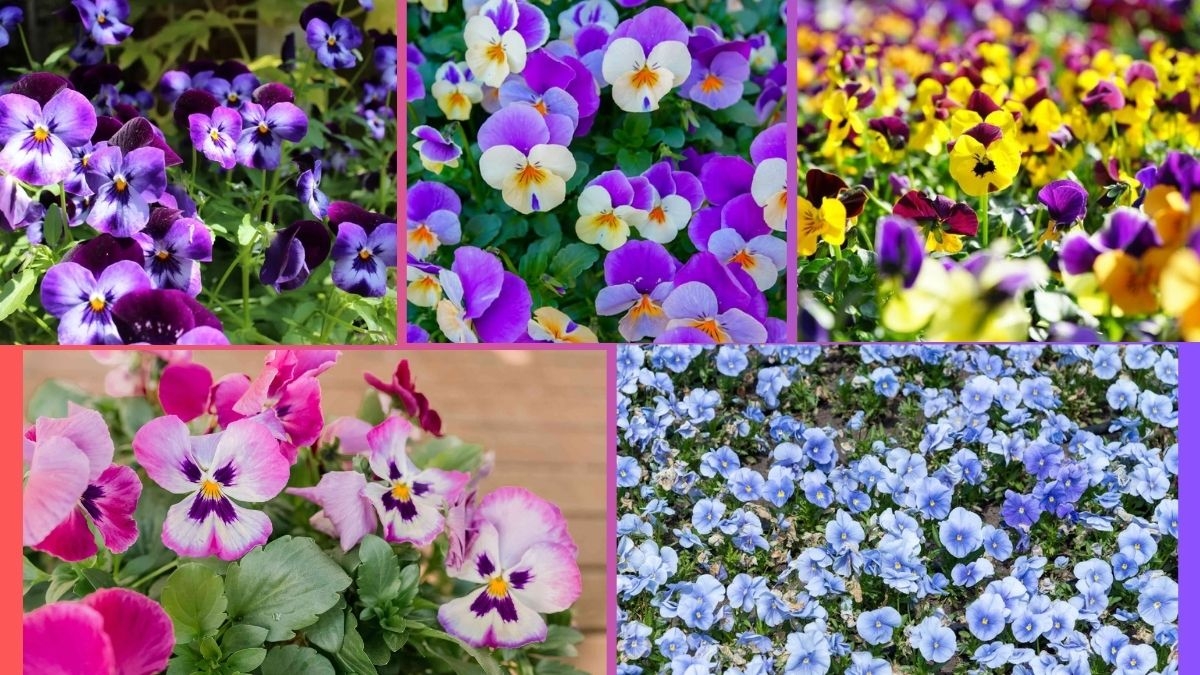



Leave A Comment